How to Remove Polyvinylether (PVE) Stain
Refrigerator, freezer, and AC system repairs may result in PVE (an oil used in refrigerant systems) stains. Here are a few suggestions for DIY stain removal.
Read more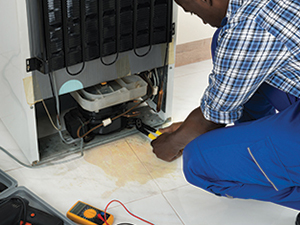 How to Remove Polyvinylether (PVE) Stain
How to Remove Polyvinylether (PVE) StainRefrigerator, freezer, and AC system repairs may result in PVE (an oil used in refrigerant systems) stains. Here are a few suggestions for DIY stain removal.
Read more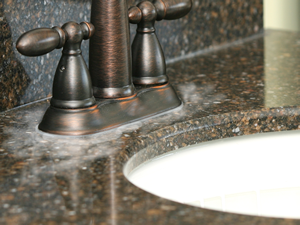 White Residue on Stone
White Residue on StoneIf you have white residue on your stone, here are a few tips and tricks for identifying the cause and possibly removing it.
Read more Removing a Stain Left By a Potted Plant
Removing a Stain Left By a Potted PlantQuestion: I have a water ring where a plant was sitting on my hearthstone, which I believe is limestone. Is there any way to remove it? I appreciate your help. Great question. Simply put, the water ring you see is either a stain or an etch… or a combination thereof.
Read more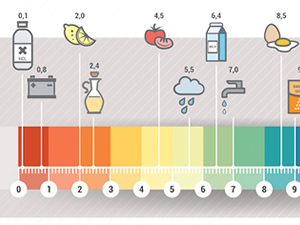 Could these foods be etching your stone?
Could these foods be etching your stone?If you’ve done any homework at all on how to properly care for your natural stone, one of the first things you probably learned was that certain types of stone (marble, limestone, onyx, among others) are susceptible to damage from acidic substances.
Read more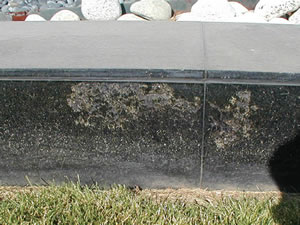 Why is my natural stone flaking?
Why is my natural stone flaking?Flaking (also called spalling) in natural stone is generally an indicator of sub-florescence, a condition in which mineral salts are carried into the stone by moisture and accumulate beneath the stone’s surface. This article will inform you about this condition.
Read more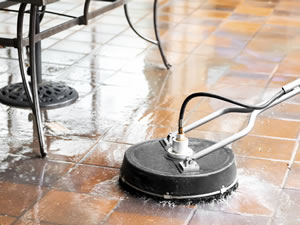 Mysterious Odors? They Might Be Coming From Your Grout!
Mysterious Odors? They Might Be Coming From Your Grout!If you have mysterious odors that you can’t quite identify the source, it just might be coming from your grout lines. Professional cleaning followed by sealing will resolve this issue.
Read more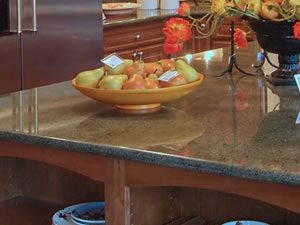 5 Essential Care Tips for Maintaining Your Natural Stone Countertops
5 Essential Care Tips for Maintaining Your Natural Stone CountertopsOne of the most common questions we get from our customers about their natural stone is, “Now that I have it, how do I take care of it?” These 5 essential tips will arm you with what you need to know about caring for your stone countertops.
Read more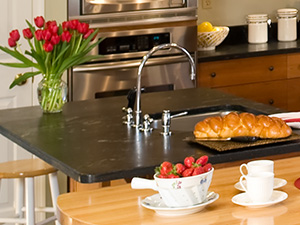 How To Fix Your Scratched Soapstone
How To Fix Your Scratched SoapstoneIf you have soapstone in your business or home, you may have discovered it is more easily scratched than some other stone types. But did you also know these scratches can be easily remedied?
Read more